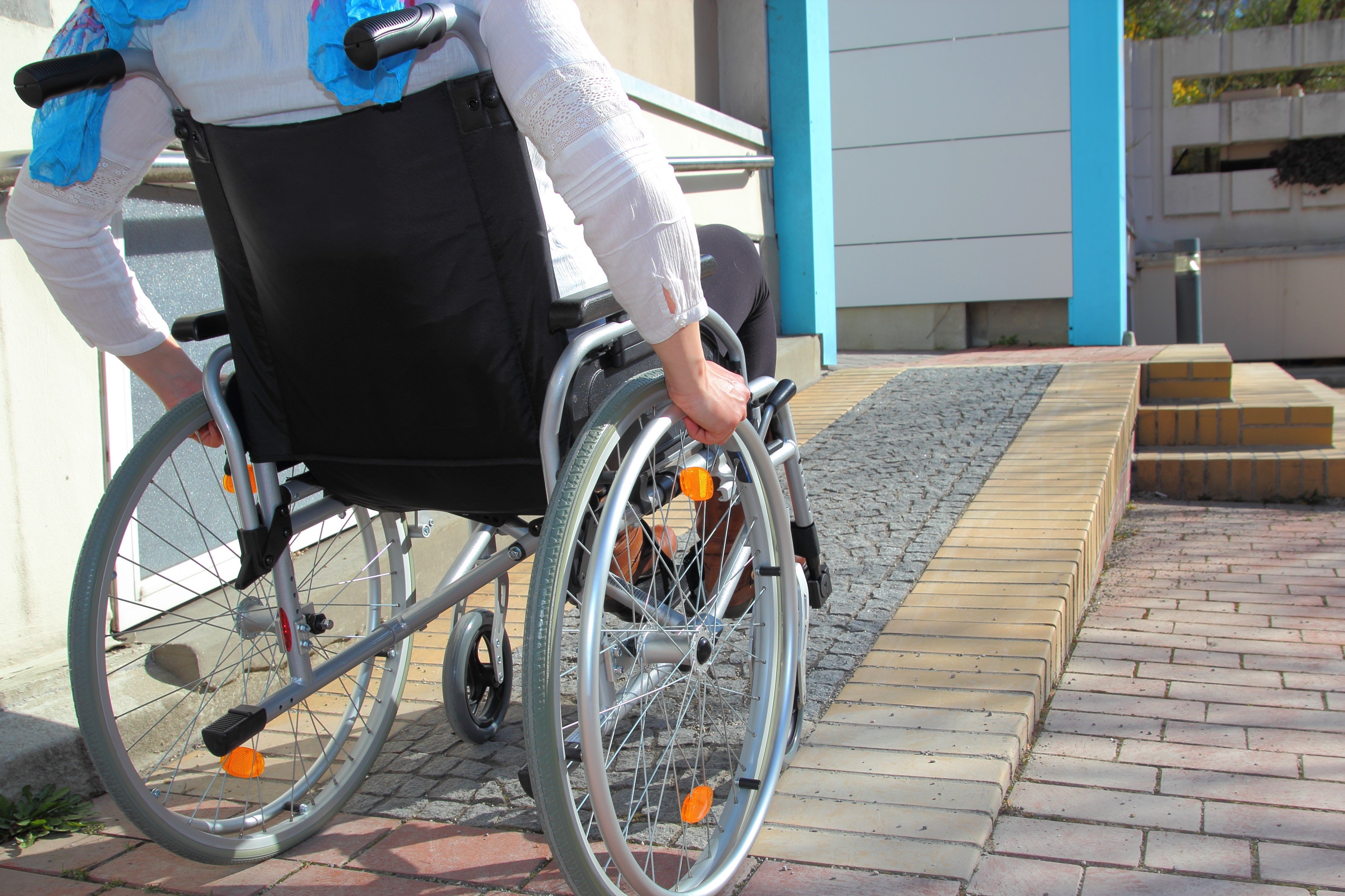Social sustainability is about improving and preserving our quality of life, both now and in the future. It focuses on strengthening community and improving our well-being. We are influenced and affected by not only other people in our community, but also by the infrastructure around us. The design of a building has the ability to profoundly impact those who use the space and how they function as a community.
Our university buildings affect what we think, how we feel, and how we treat others. Here are 7 ways that our indoor environments can affect our health and wellness.

Air Quality
When we think of air pollution, we tend to think only of external pollutants such as traffic, construction, or agricultural toxins. But indoor air quality can be 2-5 times more toxic than what is typically outside, according to the Environmental Protection Agency (EPA). This is caused by a combination of poor ventilation and off-gassing of toxic chemicals from products such as carpeting or furniture, including volatile organic compounds (VOCs), polycyclic aromatic hydrocarbons (PAHs), microbial pathogens, airborne germs, and more. Canadians can spend as much as 95 percent of our time indoors, so buildings with proper ventilation, air filtration and cleaning practices are important for improving our indoor air quality and helping to alleviate respiratory issues, headaches, and fatigue.

Water Quality
Unsafe drinking water, sanitation and hygiene are known to cause as many as 2 million deaths worldwide each year. Water can contain both organic and inorganic contaminants such as lead, arsenic, benzene, atrazine and microbes which can cause neurological delays and deficits, high blood pressure, kidney problems, immune deficiencies and even cancer. Drinking from bottled water may seem like the answer, but even bottled water can be contaminated from plastic degradation, causing the levels of antimony to increase by 90% over a 6 month period potentially causing digestive, lung or heart issues. Clean water starts at the city level with proper treatment and filtration, and effective distribution systems. It then continues within each campus building with additional filtration, as needed, and regular cleaning and maintenance of the water dispensers.

Nutrition
Poor nutrition is a top contributor to noncommunicable or chronic diseases such as diabetes, heart disease, or even cancer. On campus, our choice to bring our own food, or buy something on campus can be affected by factors like access to refrigeration, microwaves and sinks, or access to healthy food options, portion sizes, and cost. To improve our nutrition and eating behaviors we need better nutrition education and environmental design. This allows a building to create an environment where the healthiest choice is the easiest choice. Educating ourselves about the correlation between food and health, utilizing eating spaces that allow for social and mindful eating, and choosing healthy food options are just a few ways we can live healthier. Food also has the ability to bring people together, nourishing us socially and emotionally and helping us to live happier as well.

Fitness
When driving to school or work is the norm, public transportation or active transportation (such as biking or walking) are alternatives that not only contribute to improving environmental sustainability by reducing carbon emissions, but they also improve our physical fitness. Most adults only achieve 6-10 minutes of moderate to vigorous activity per day, which is far short of the recommended 30 minutes, 5 days per week. Buildings that are located closer to public transportation or that have a high Walk Score, contribute to sustainability as well as user health and wellness.

Light
Natural light is critical to regulating our internal systems and essential functions, such as alertness, digestion, and sleep. Indoor lighting that is too dim can cause fatigue and sleepiness, or make us feel uneasy or unsafe. Indoor spaces that are too bright can lead to eye strain and headaches, and reduce our ability to fall asleep at night. Chronic sleep or wakefulness can contribute to an increased risk of diabetes, depression, heart attack, and more. Given how much time we spend indoors on campus, our buildings must provide a proper balance between indoor lighting and access to natural light in order to positively influence ourt health and social interactions.

Comfort
Noise, ergonomics, accessibility, and thermal comfort are just a few of the factors that contribute to the comfort of our indoor spaces. . When poorly considered, these factors can cause physiological disruption, distraction, irritation, stress or injury. The furnishings of a space can significantly contribute to the overall acoustics. A room with mostly hard surfaces, like tile and concrete floors or wood tables and chairs, will be significantly louder than a room with soft surfaces, such as upholstered furniture or carpeting.
Poor ergonomics typically result in musculoskeletal disorders or issues within the nervous system such as back pain, neck pain and osteoarthritis. Accessibility barriers in a building can cause exclusion of certain occupants, frustration or confusion, or even physical symptoms such as headaches, fatigue, or shortness of breath. Thermal comfort is highly individualized with only 11% of office occupants reporting that they are satisfied with the thermal levels of their space. Unhappiness with one’s thermal comfort can affect mood, performance and productivity.

Mind
Our minds and bodies are linked, and the things we do and experience release chemicals in our brains that affect us in many ways. Exercise increases the release of endorphins and serotonin, which can elevate mood and regulate our sleep cycles. And the simple act of worrying can cause physiological responses similar to the way physical stress and injury can. Mood disorders and mental illness affect as many as 1 in 5 Canadians, so creating an atmosphere that supports a healthy mental state is critical and can have significant psychological and physical benefits. Buildings that promote relaxation, positively impact sleep quality, or promote social engagement can improve our overall health and well-being.
Updated March 26, 2025: Updated hyperlink.


